Google Glass MindRDR app: Does it work?
Find out if it's possible to control Google Glass with your mind
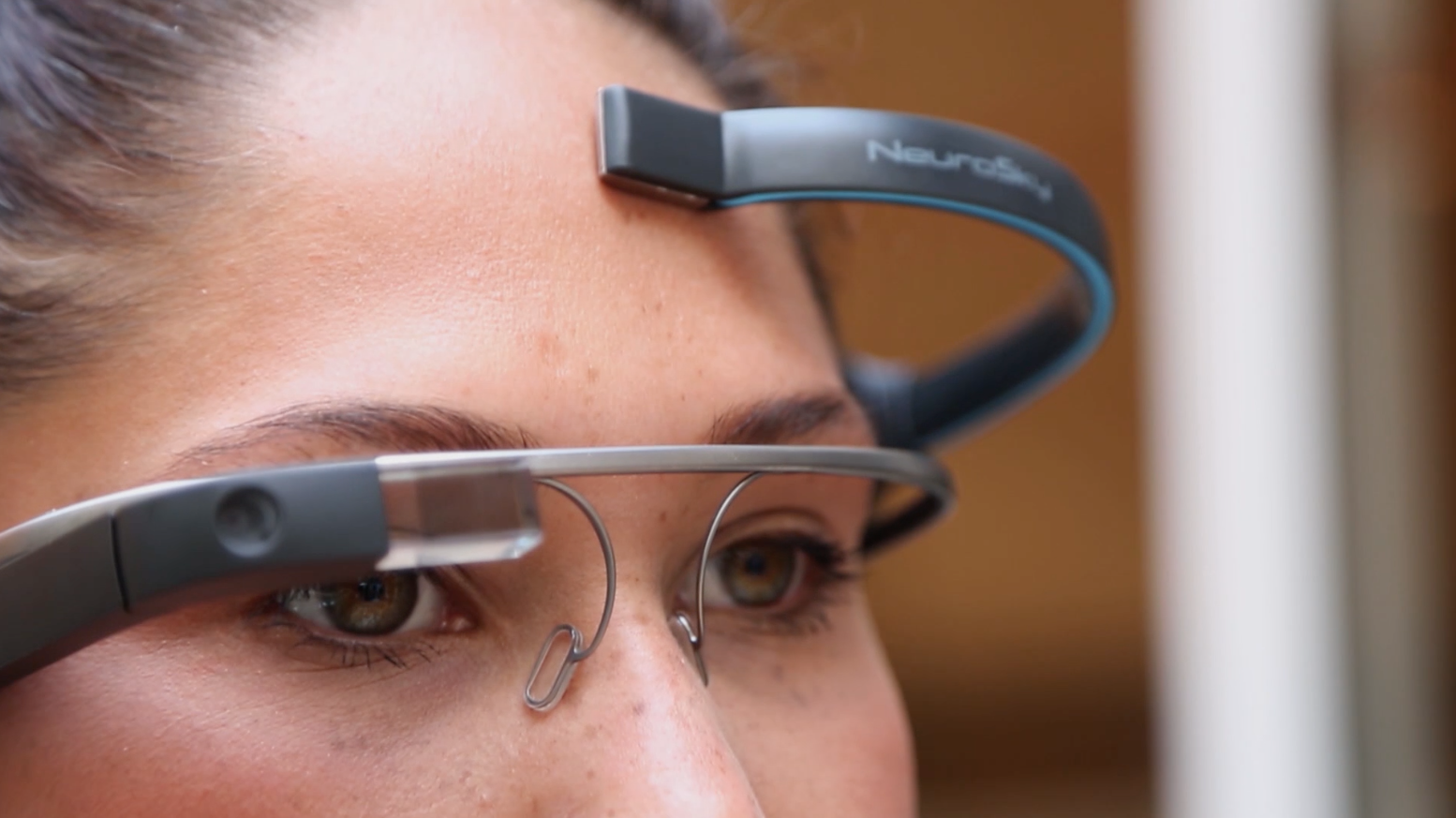
After receiving an invite to test an app purporting to allow users to control Google Glass with their mind, we couldn't help but be skeptical. Was it a belated April Fool's Day prank? A PR stunt? Or had they actually done it.
Dubbed MindRDR, the app claims to let you to take pictures without having to touch Google Glass or use voice commands. And despite how unrealistic this might sound, it works.
Does it read your mind?
No. MinderRDR is not able to read your thoughts and cannot share them with anyone. The app works by monitoring general brain activity and assessing whether you are in a state of concentration or relaxation.
What you need?
To get this functionality, you need to pair a portable EEG headset together with Google Glass. The app has been designed to work with an off-the-shelf Neurosky EEG biosensor - available for 71.
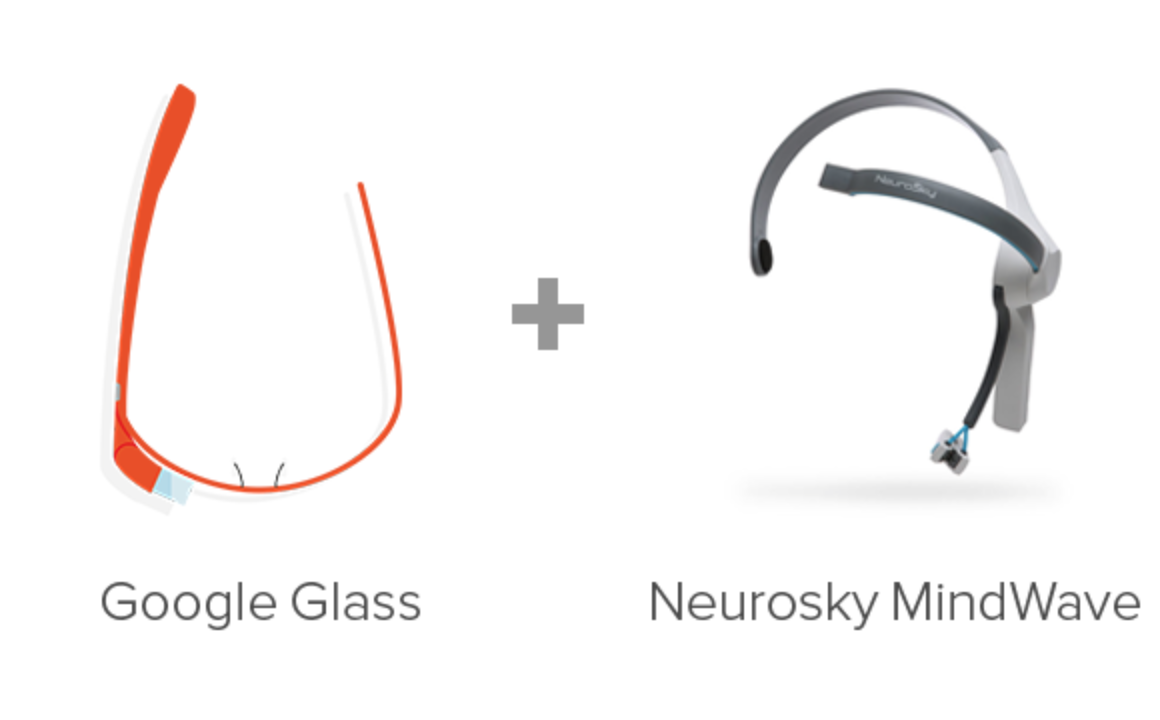
The EEG monitor uses electrodes to sense brain waves: one is placed on your forehead and the other clips to your ear. Any brain waves are turned into digital signals and sent to Glass via Bluetooth.
Get the ITPro daily newsletter
Sign up today and you will receive a free copy of our Future Focus 2025 report - the leading guidance on AI, cybersecurity and other IT challenges as per 700+ senior executives
Mind control
Once you've got all your cyborg-like headgear on, it's time for the exciting part. First you activate the app by saying "Ok Glass, Mindreader".
This initiates the regular camera mode with a crucial difference. There's a fluctuating line in the middle of the screen, which you can move with your mind. To take a picture you need to get the line to move up to the top of the display.
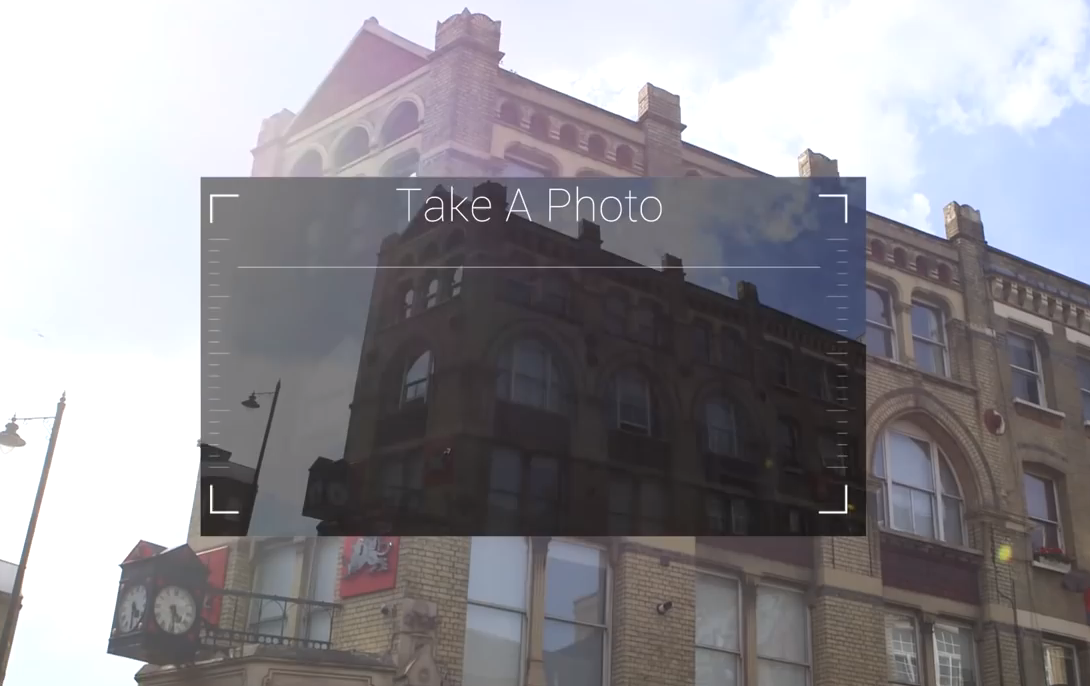
As we've mentioned, MindRDR doesn't know the exact content of you thoughts so you can't get it work by thinking about "taking a picture". Instead you have to concentrate on other things.
We were told to focus on our 8 times table, try stacking boxes or going through the alphabet backwards by Ben Aldred, director at This Place.
Working through the alphabet backwards worked for me, while my colleague Zack Donnelly used the times table technique.
It felt weird thinking about something different to the task we wanted to achieve, but after a couple of attempts we got a feel for it. Getting even weirder, it was possible for one person to wear Glass and the other to wear the headset and initiate a picture.
Once the app took a picture, it could be shared with the MindRDR Twitter account it was synced up to - again by concentrating and making the line move to the top of the display.
Brain activity feedback
Being connected to an EEG monitor also allowed us to view feedback on our concentration and relaxation levels.
When focusing on running through the alphabet backwards, my concentration level was middling at 43 and my relaxation score a zen-like 66. Meanwhile, my colleague Zack was shown to be far more attentive.
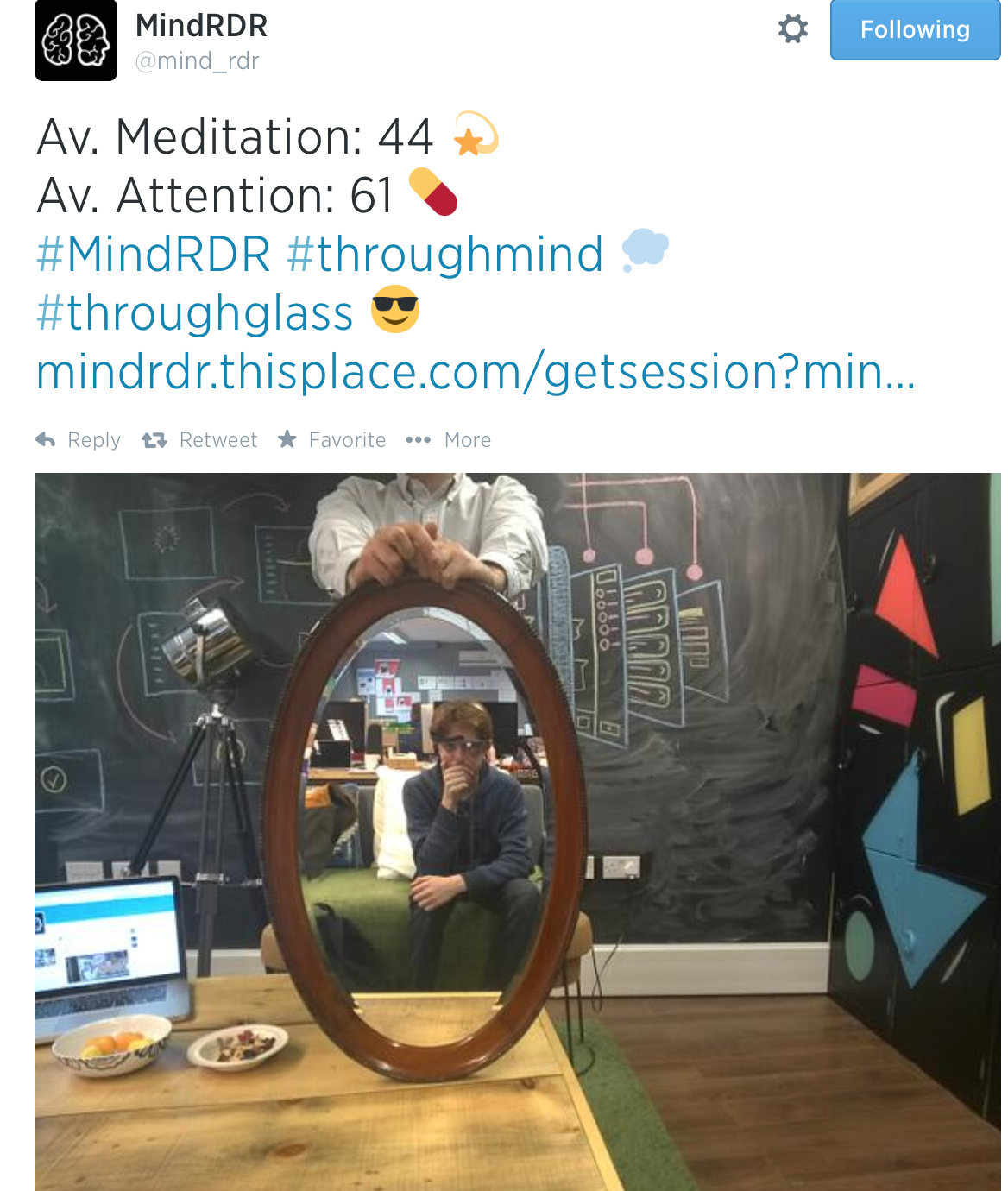
Having access to such information could help people see their levels of attention and improve upon this.
Use cases
Functionality is basic, with the beta app acting as proof of concept. The ultimate aim is to help those with disabilities interact with their environment.
"We found that your arm gets tired when using Glass regularly and those who don't have two arms or have limited movement are excluded from using it," Chloe Kirton, creative director at This Place, told IT Pro.
With refinement, the device has the potential to help those with severe multiple sclerosis, quadriplegia and even locked-in syndrome, it is claimed.
With the open-sourced API available on GitHub, the firm is looking to the developer community for help to increase functionality. The creators are also actively working with medical professionals to improve the app.
What about privacy?
A range of public places from cinemas to bars have banned Glass because it has a camera. Adding a mind-control capability is bound to draw scrutiny. However, as with all technology, there is the possibility for it to benefit people and also be abused.
"Any new technology is like a Pandora's Box. You see that with 3D printers. One person will go out and build a heart valve whilst another will create a gun," Kirton added.
With benefits for the disabled on offer, MindRDR has potential to do more good than harm in the world.
Besides, with the need to wear an unsightly piece of headgear, it's unlikely people will be walking down the street with this and use it to take clandestine pictures. Even if they do, you'll be able to spot them a mile off.
-
 Should AI PCs be part of your next hardware refresh?
Should AI PCs be part of your next hardware refresh?AI PCs are fast becoming a business staple and a surefire way to future-proof your business
By Bobby Hellard Published
-
 Westcon-Comstor and Vectra AI launch brace of new channel initiatives
Westcon-Comstor and Vectra AI launch brace of new channel initiativesNews Westcon-Comstor and Vectra AI have announced the launch of two new channel growth initiatives focused on the managed security service provider (MSSP) space and AWS Marketplace.
By Daniel Todd Published
-
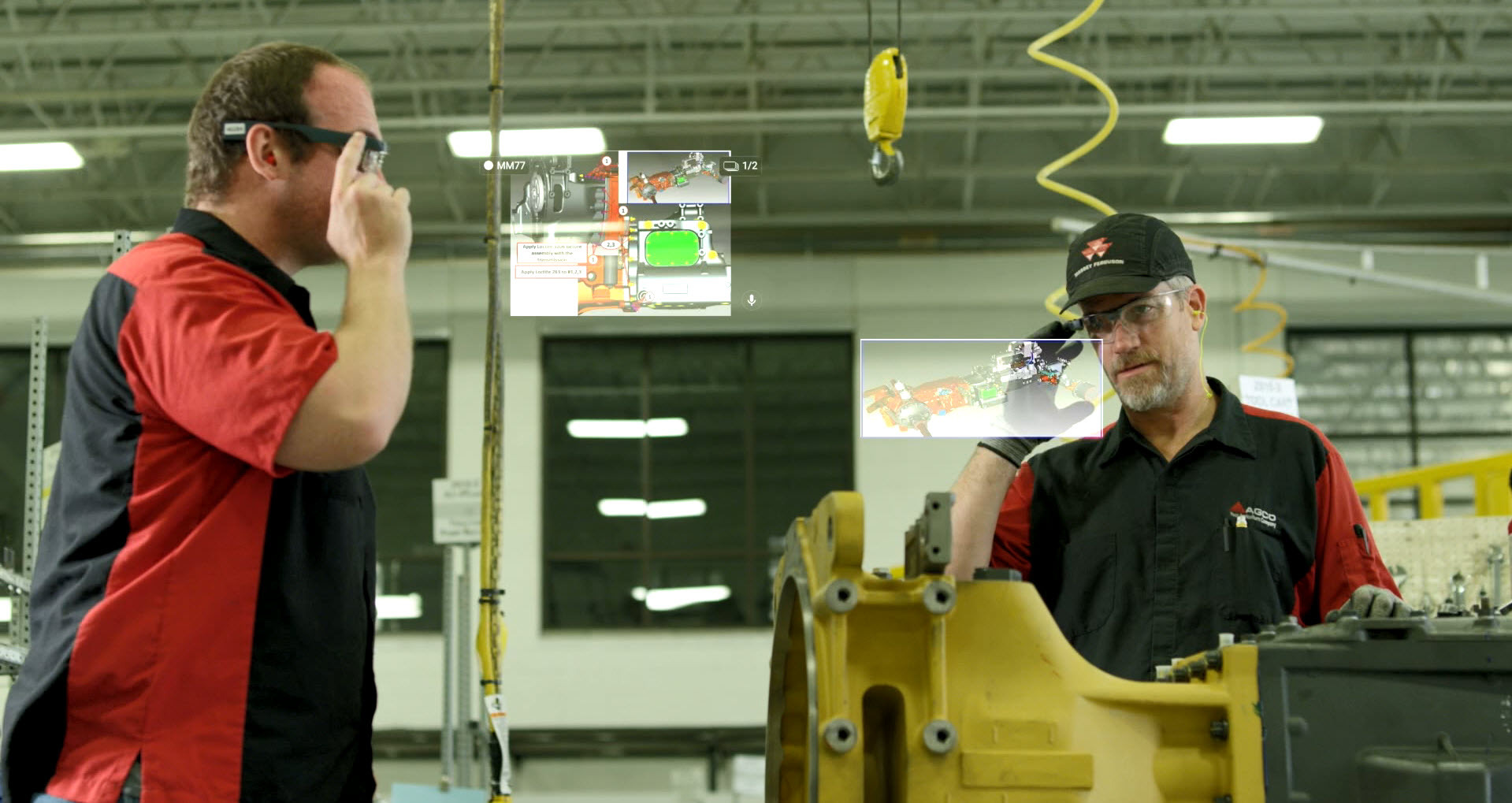 Google Glass Enterprise Edition targets key business verticals
Google Glass Enterprise Edition targets key business verticalsNews Google brings wearable back from the dead with business-focused successor
By Adam Shepherd Published
-
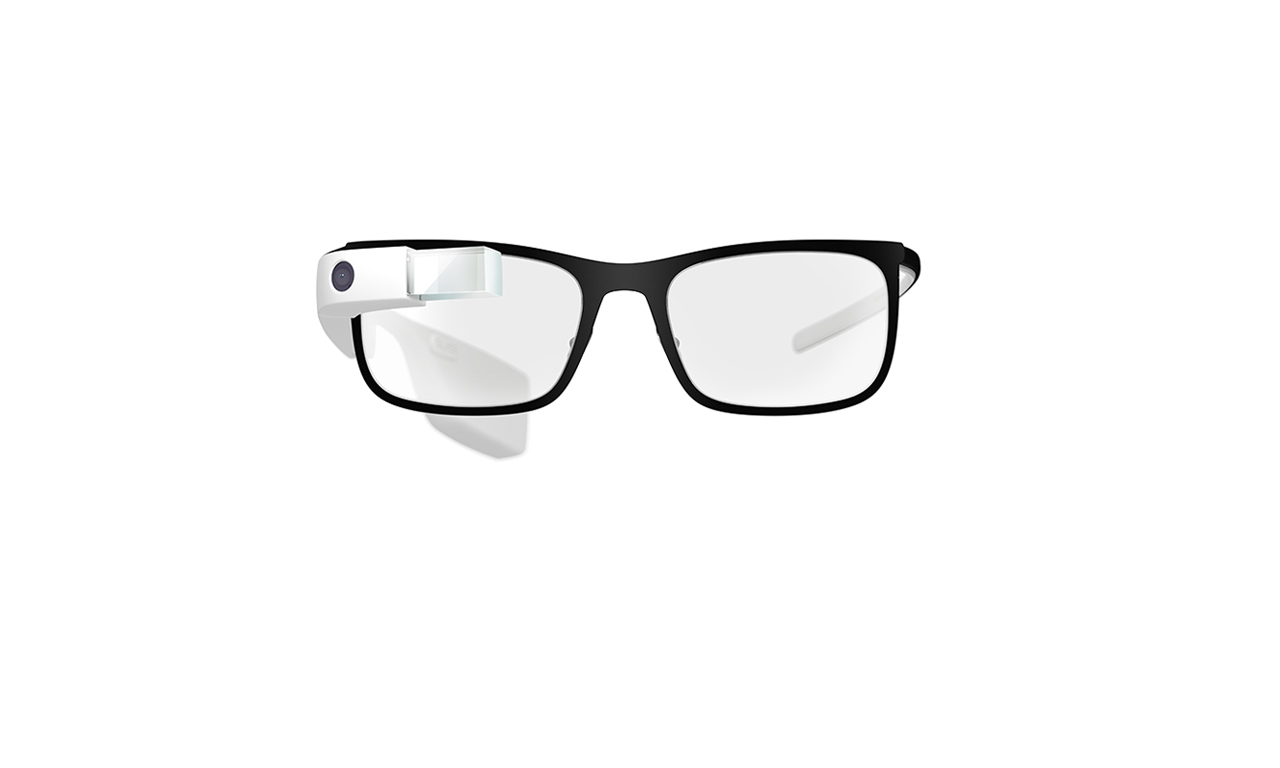 Does a Google Glass firmware update signal a comeback?
Does a Google Glass firmware update signal a comeback?News Google's ill-fated wearable could be set to return
By Adam Shepherd Published
-
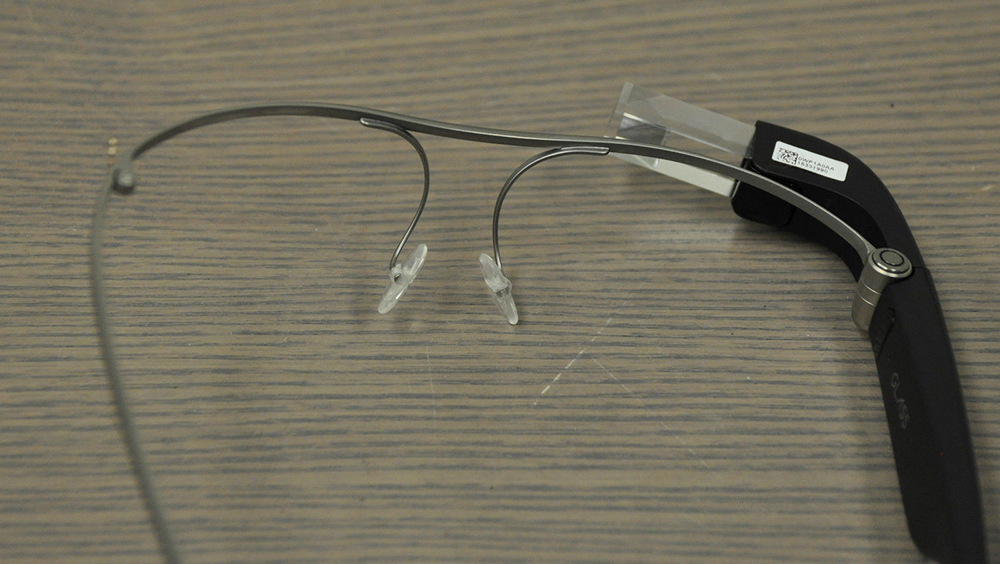 Google Glass enterprise edition goes up for sale on eBay
Google Glass enterprise edition goes up for sale on eBayNews Unreleased headset selling for over $7,000
By Adam Shepherd Published
-
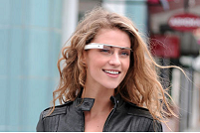 Is Google Glass set to make a workplace comeback?
Is Google Glass set to make a workplace comeback?News A new business version of the smart specs will be released in 2016, it is claimed
By Caroline Preece Published
-
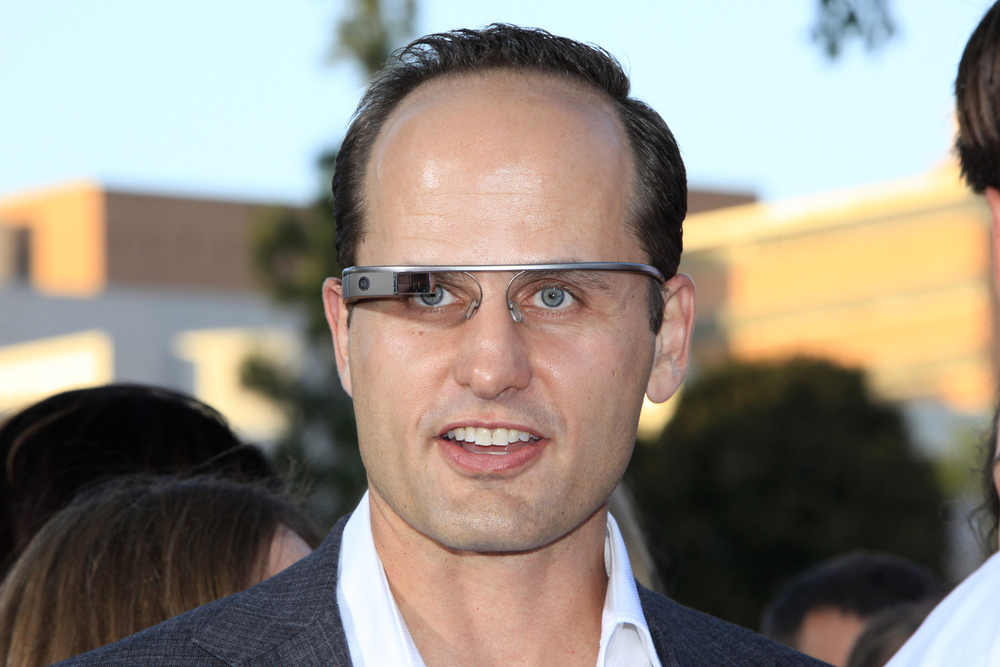 Google could be planning to expand Google Glass family
Google could be planning to expand Google Glass familyRumours One Google Glass wasn’t enough, with the company reportedly planning to develop an entire product range
By Caroline Preece Published
-
 Is Google Glass dead?
Is Google Glass dead?News Despite Google ending its Explorer programme, the smart glasses are still in development
By Clare Hopping Published
-
 Virgin Atlantic trials Sony SmartWear to boost communication
Virgin Atlantic trials Sony SmartWear to boost communicationNews Heathrow-based engineers will get updates on the SmartWatch and take pictures with the SmartEyeglass
By Clare Hopping Published
-
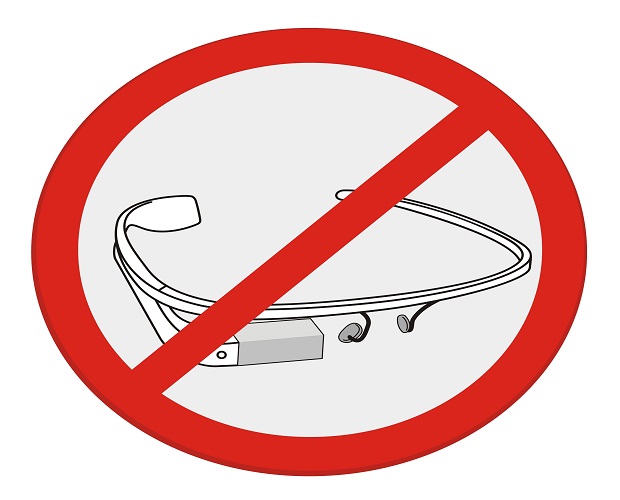 Google Glass sales to stop, with device set for design overhaul
Google Glass sales to stop, with device set for design overhaulNews Google Glass is being withdrawn from sale, as reports of redesign “from scratch” surface
By Caroline Donnelly Published